The World U-18 Championships have concluded, with Sweden triumphing over Russia to claim the gold medal. Annual contenders USA and Canada faced off in the bronze medal game, with both squads on the losing end of close hard-fought semifinal matchups. USA prevailed 5-2 over the Canadians to extend their medal streak to 15 consecutive tournaments.
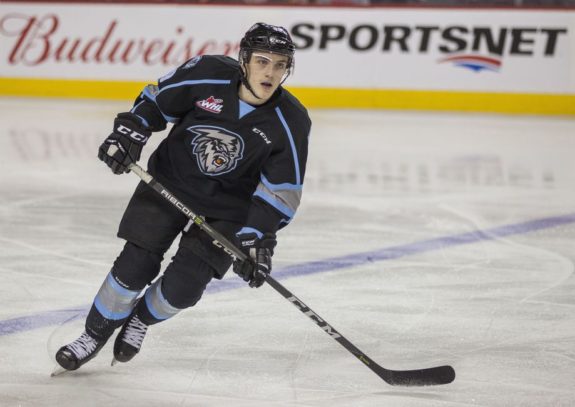
In a rare year where Team USA sputtered out before the championship game and Finland disappointed without the presence of their top draft-eligible player Kaapo Kakko, there was plenty of opportunity for players from all nations to show their skills and steal the tournament spotlight.
Caufield Leads Talented Americans
Cole Caufield, one of Team USA’s top players and their leading scorer, was arguably the best player at the tournament despite the disappointing finish from his squad. Despite spending most of the year firmly in discussions to be a first-round prospect, his small stature (5-foot-7, 163 pounds) and lack of impact on the defensive end still left some wanting more to prove himself worthy of an early draft pick.
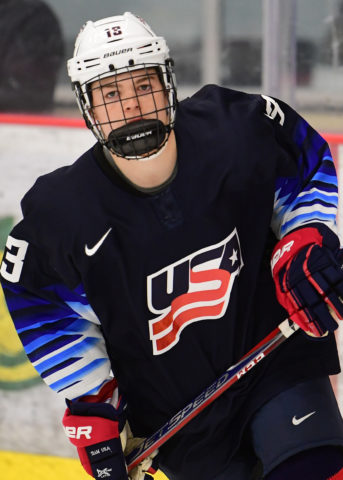
Caufield showed his game-breaking talent by leading the entire tournament with 14 goals, bringing his season-long total to an insane tally of 70 goals, smashing the previous team record by 15 goals. Some may still be wary of how his smaller frame will hold up at the professional level, but Caufield will be awfully tough to pass up for any team seeking goal-scoring talent in the top half of the first round.
Another under-the-radar performer was Jamieson Rees, a Canadian centre who plays for the Sarnia Sting in the OHL. After a disappointing season that was injury-shortened and ended in a long suspension, Rees needed to play well in this tournament to prove his mettle against top-level competition.
Playing a key top-six role, Rees delivered with two goals and eight points, helping propel Canada to an appearance in the bronze medal game. Not only was Rees finally healthy, but he also showed he can create in many different ways offensively and drove the play well for his line despite shuffling between the wing and his natural centre position.
On a Team Russia roster expected to be led by 2019 top prospect Vasili Podkolzin, it was a player who isn’t even draft-eligible until 2020 who stole the show instead. Yaroslav Askarov, who stole the starting goaltender job to become the first underage player to start for Russia since 2016, was especially impressive in backstopping Russia to an appearance in the gold medal game.
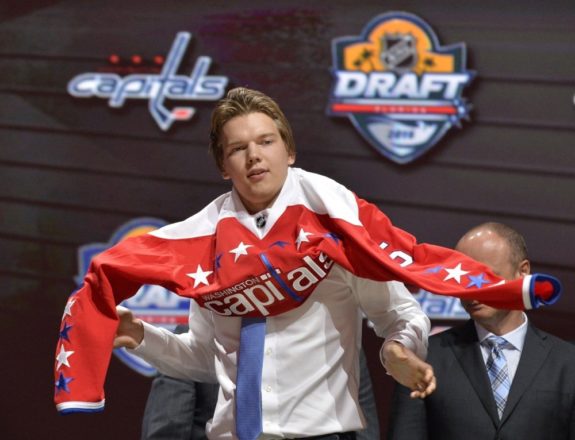
Starting for Russia at his fourth international tournament in this season alone, Askarov didn’t look out of place against older competition, posting great numbers with a 2.01 goals-against average and an impressive .927 save percentage.
Showing an impressive combination of size and agility, Askarov made timely stops throughout the tournament, most notably in a clutch 40-save performance against USA to send Russia to the gold medal game. If he can continue to gain strength and show the same consistency he did this season, look for Askarov to be the most coveted young goaltender available in the 2020 Draft.
Podkolzin Sputters in Sweden
Vasili Podkolzin, who stole the spotlight for Russia in the preseason Hlinka Gretzky tournament, was expected to shoulder most of the offensive load for Russia. Instead, he struggled mightily, failing to pot a goal until the final game of the tournament and hitting the scoresheet just twice in preliminary play with two assists.
For a prospect already in a heated race for consideration to go third overall behind Kakko and Quinn Hughes in this year’s NHL Draft, Podkolzin’s inconsistent performance and lack of production (coupled with a strong showing by Canada’s Dylan Cozens and several Team USA forwards) could end up pushing him down draft boards in June.
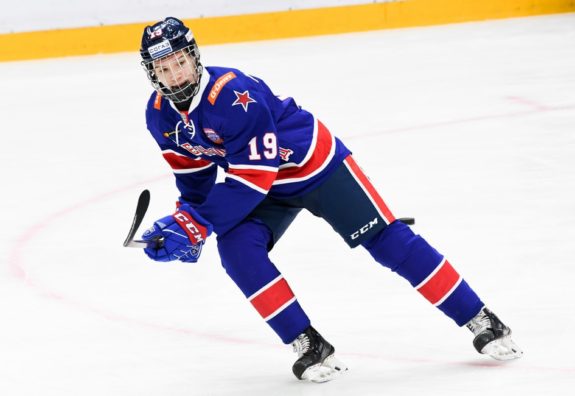
Ryan Suzuki spent most of the year as the top-ranked prospect in Ontario, but his spot at #1 has been put into question recently thanks to an inconsistent and disappointing second half of the season with the Barrie Colts of the OHL. With Canada missing some of its top players due to the concurrent CHL Playoffs, Suzuki had a big opportunity to take a leading role on Canada and show his upside as a top-six centre in the NHL.
However, Suzuki struggled to produce in a supporting role, contributing just one assist in the tournament. Canada’s lack of secondary scoring hurt them in the playoff rounds, and Suzuki was one of the biggest culprits.
What To Expect for 2020
International hockey has seen a huge boost in parity and popularity for smaller nations without a long and successful hockey pedigree, with the most recent example coming in the form of a monumental upset for the Finnish women’s team over Team Canada in the recent World Women’s Championship.
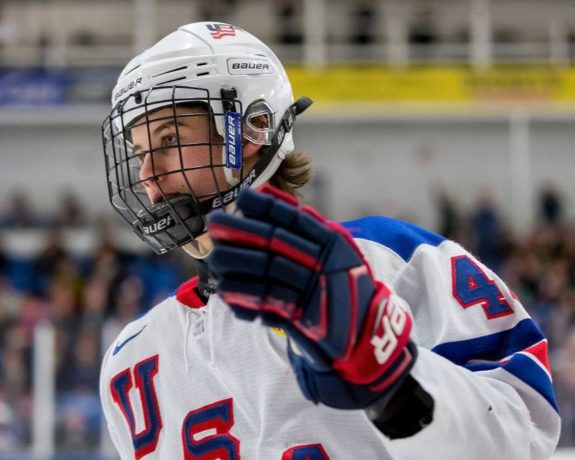
This year’s World U-18 tournament represented a step back in that direction, with many relatively inexperienced nations suffering massive defeats at the hands of some of the top teams, stacked with top draft prospects. Switzerland, Belarus, and Slovakia all had games in which they surrendered over 10 goals, with Finland’s 12-0 drubbing over Switzerland serving as the most lopsided win of the tournament.
There were still notable performances from some of the young players participating for lesser-known nations. Vladislav Kolyachonok, a Belarusian defenseman who plays in the OHL for the Flint Firebirds, put up five points from the blue line and flashed elite two-way potential at times. Maxim Cajkovic, a Slovakian winger who was the first overall selection in last year’s CHL Import Draft, posted three goals and three assists despite failing to step Slovakia from being relegated to Division 1A for the 2020 tournament.
Despite excelling in starring roles, these players had no chance to lead their team to success against larger and more successful programs. The gap between the top hockey nations in the world and the up-and-coming teams has shrunk in recent years, but this year’s U-18 tournament was one to forget for the smaller nations.
The annual World U-18 Championships provides top prospects an opportunity to show their abilities on an international stage against the very best their age group has to offer. While this year’s edition offered little in the way of upsets or historic moments, it provided the perfect opportunity for several prospective 2019 draftees to prove to NHL teams that they can be the league’s next wave of young stars.